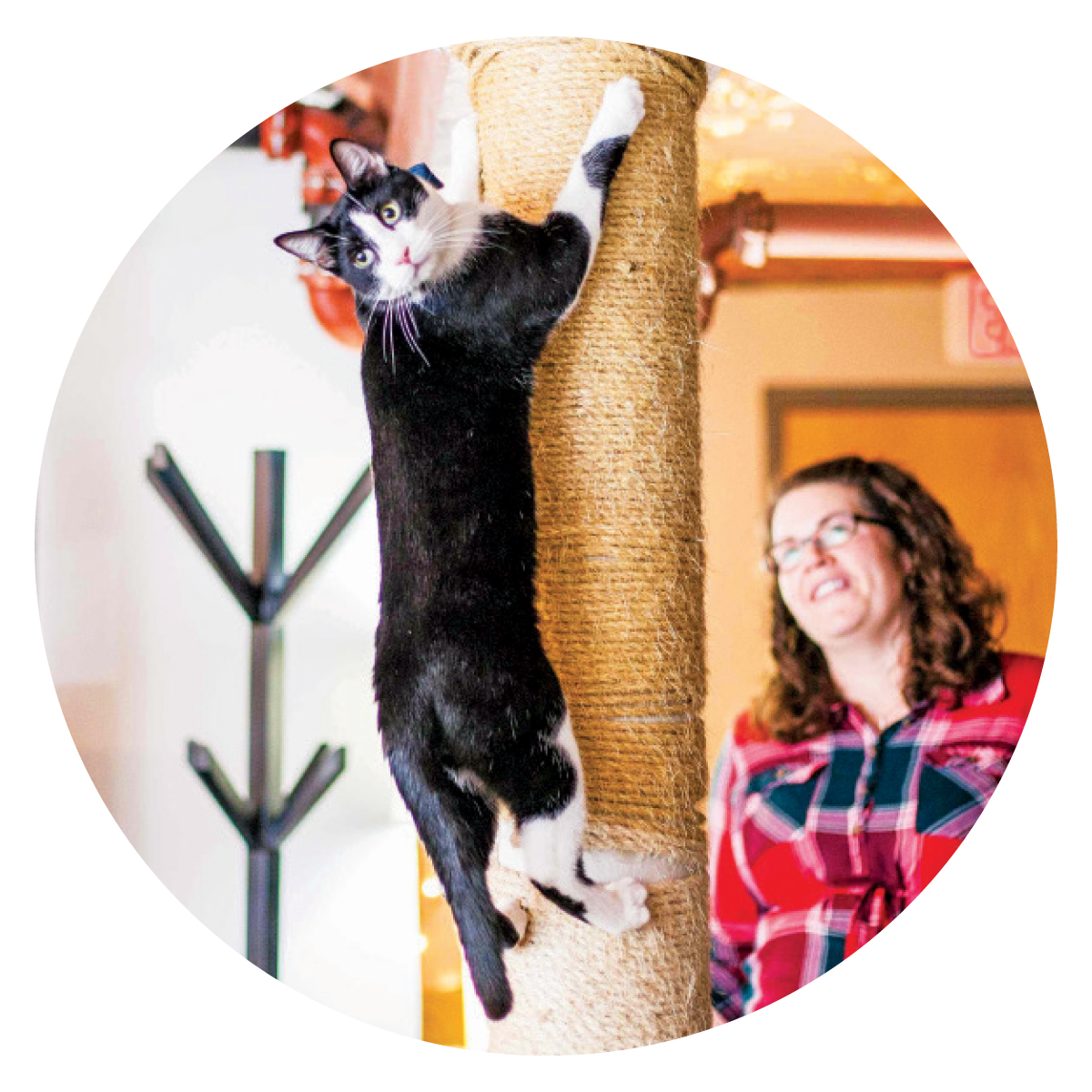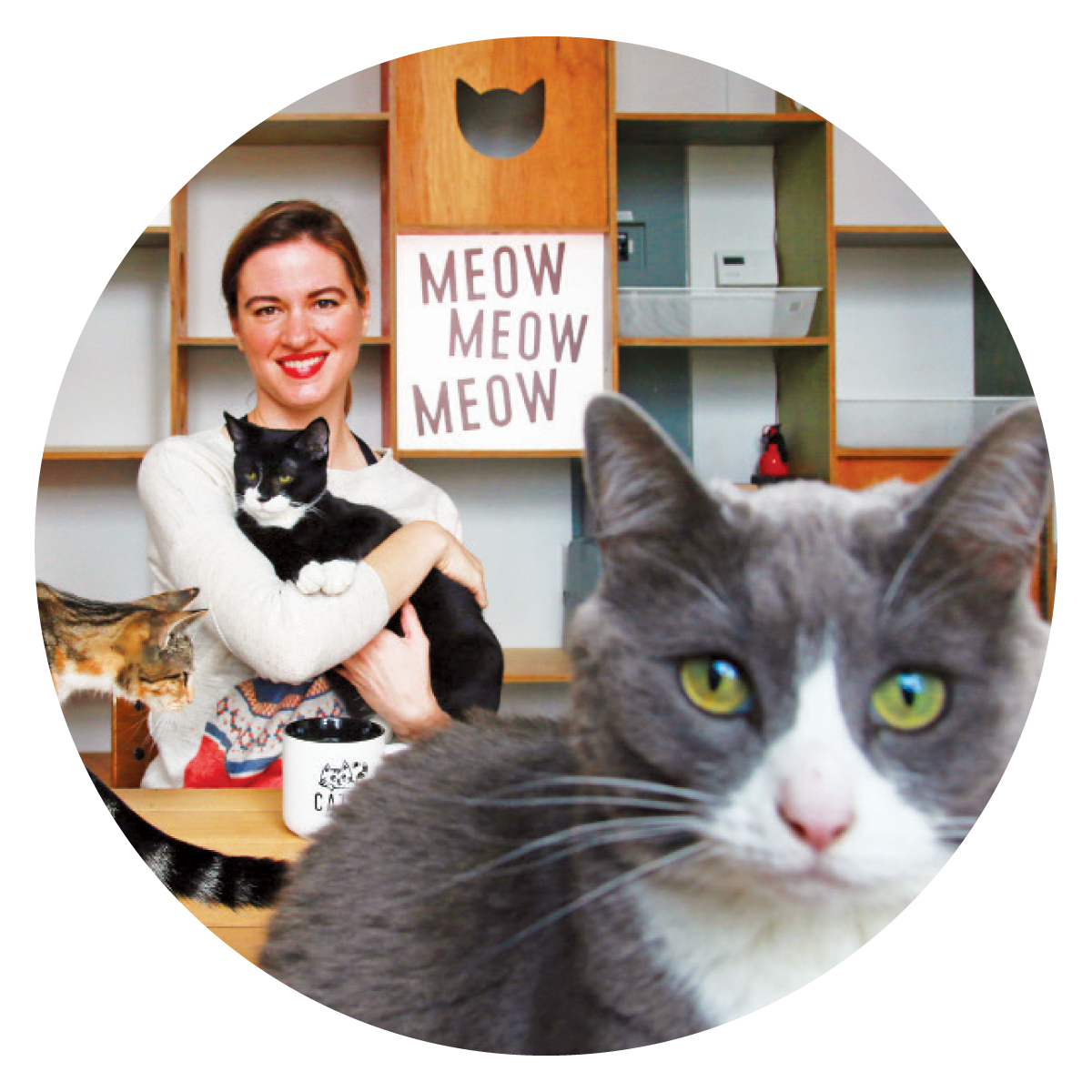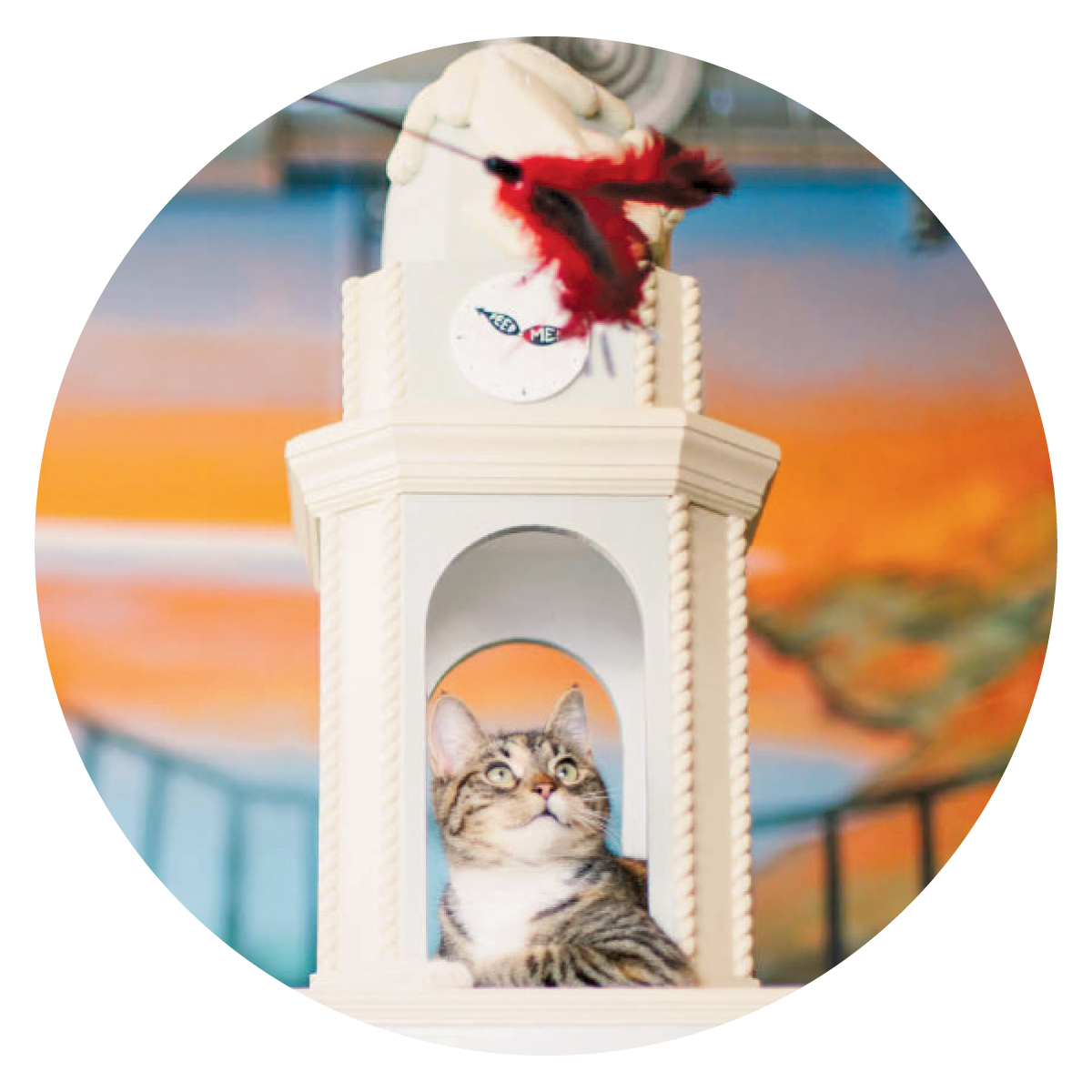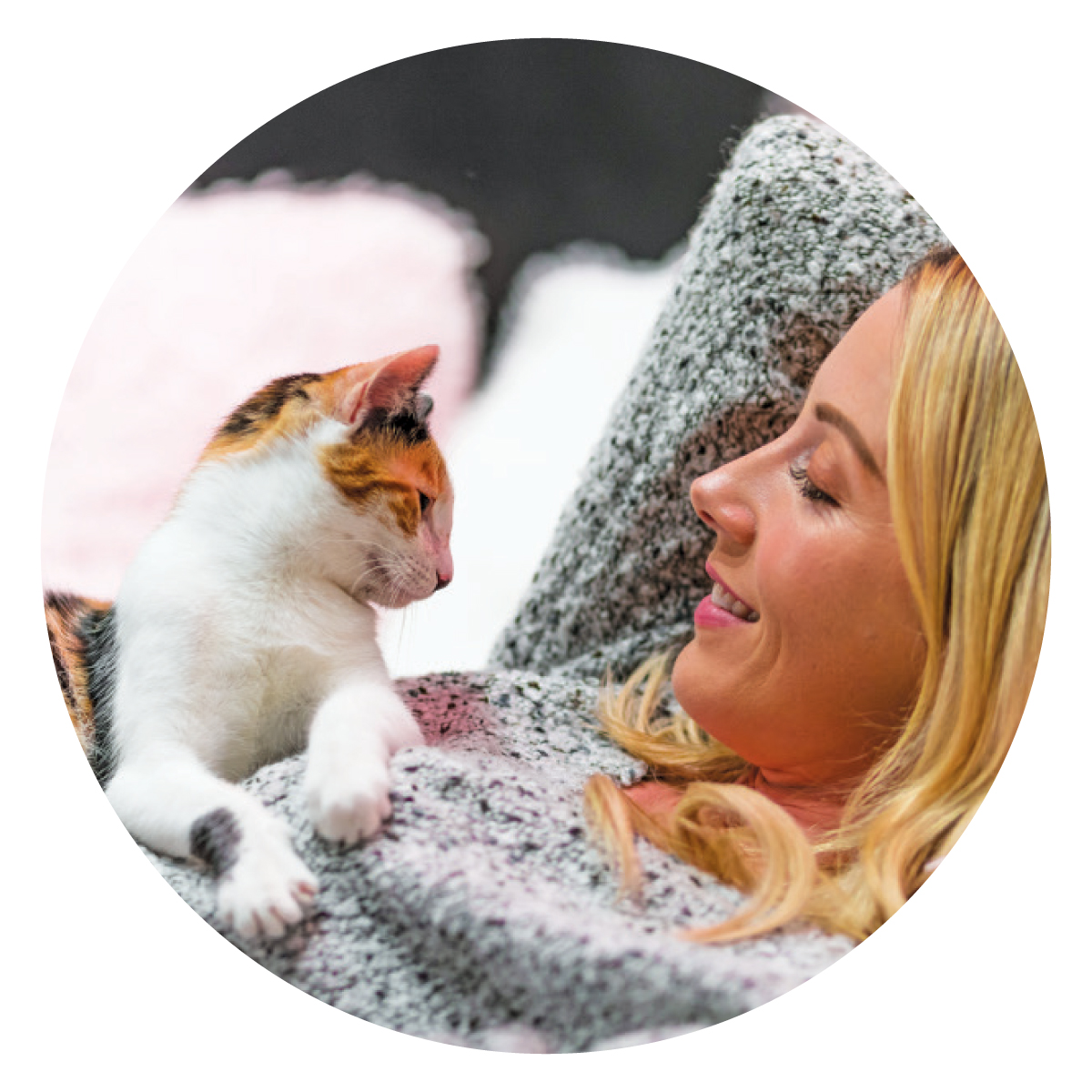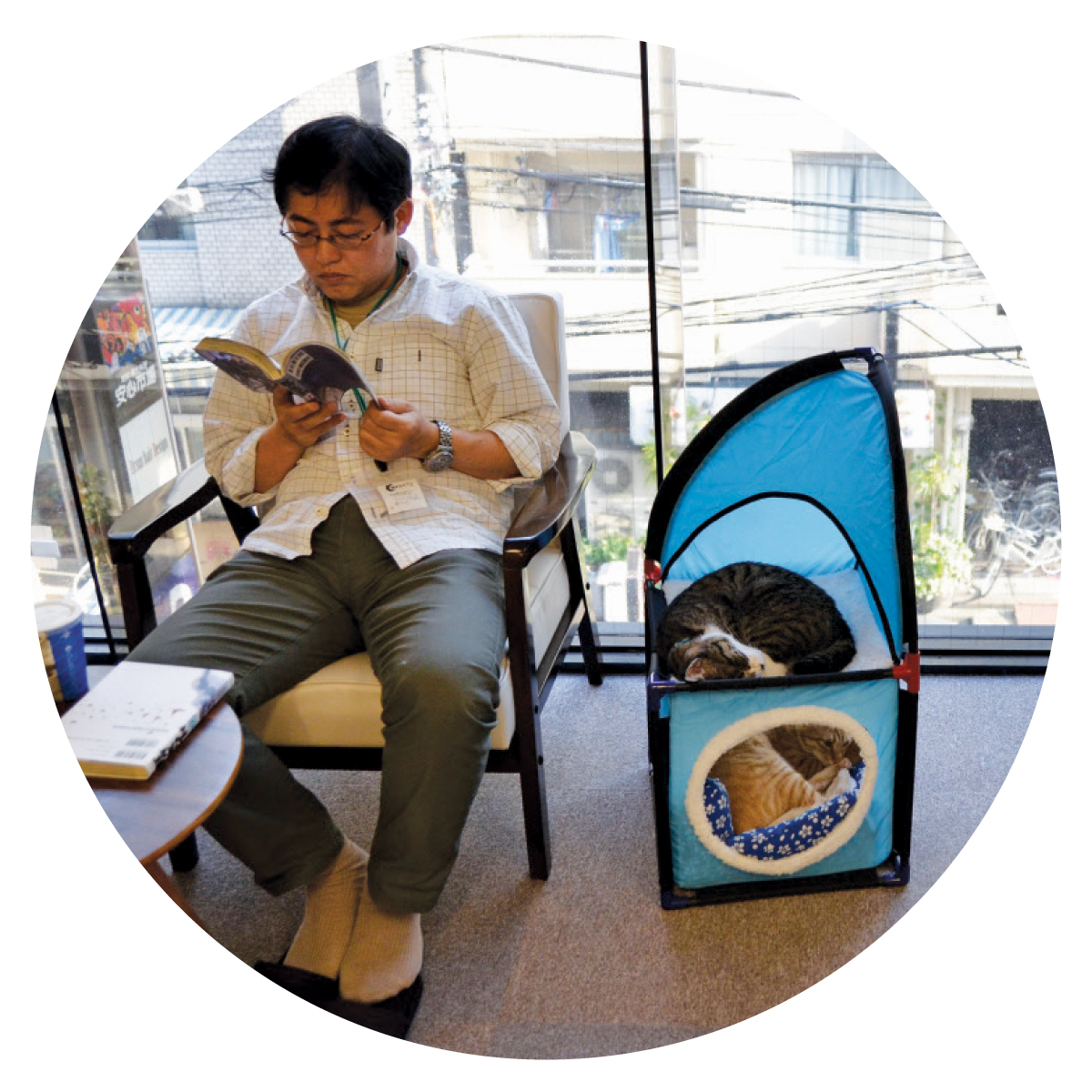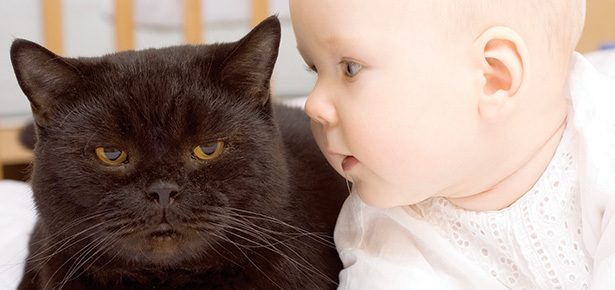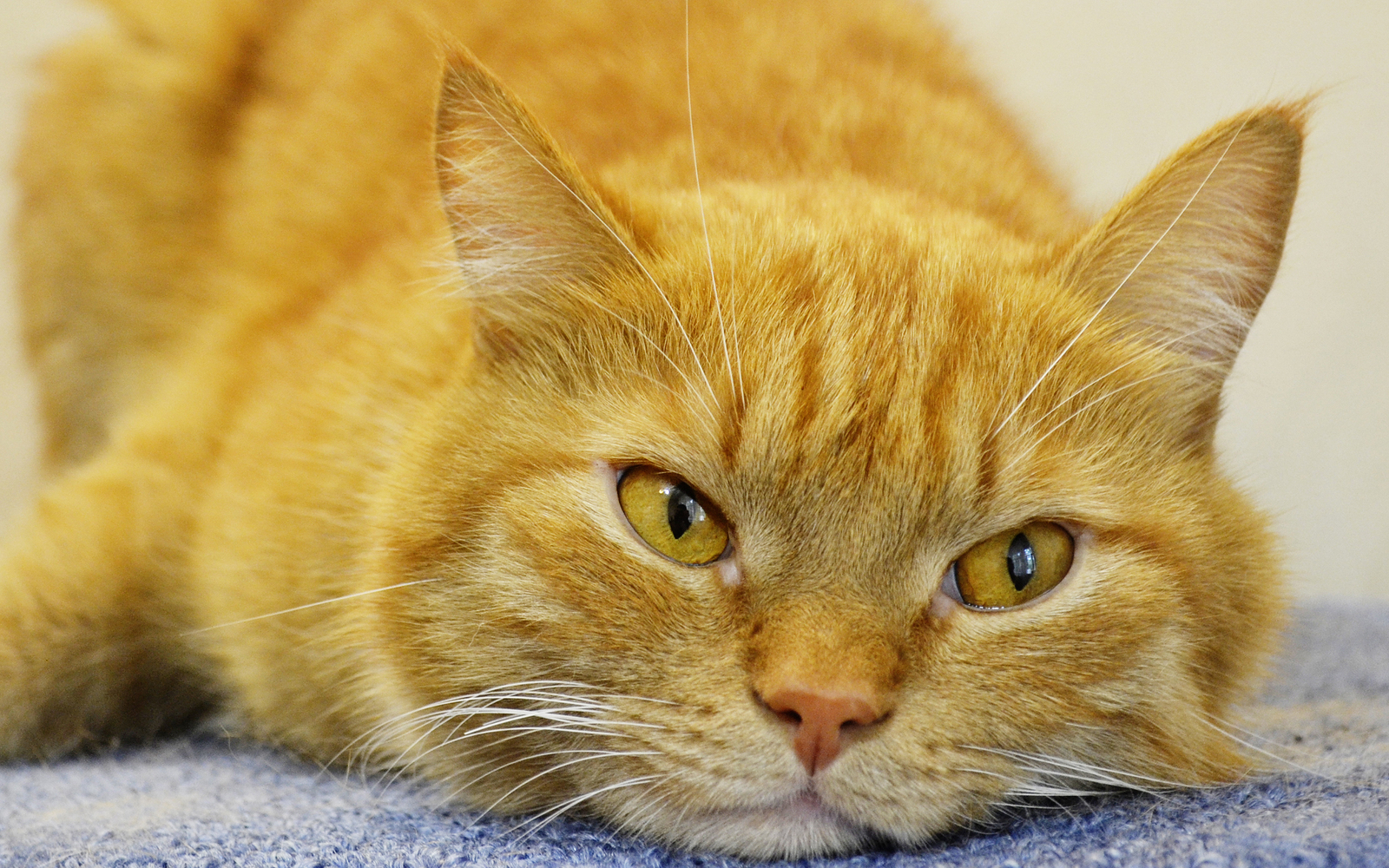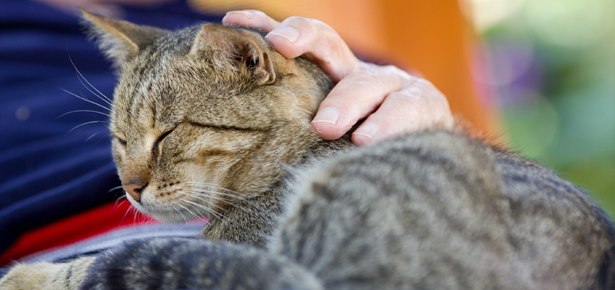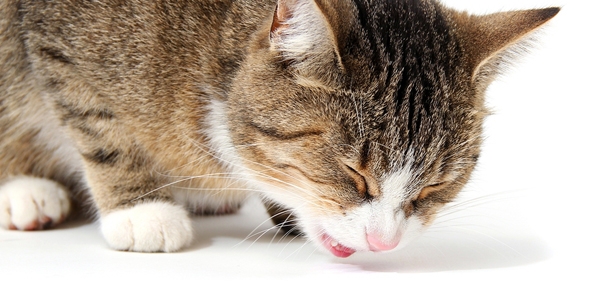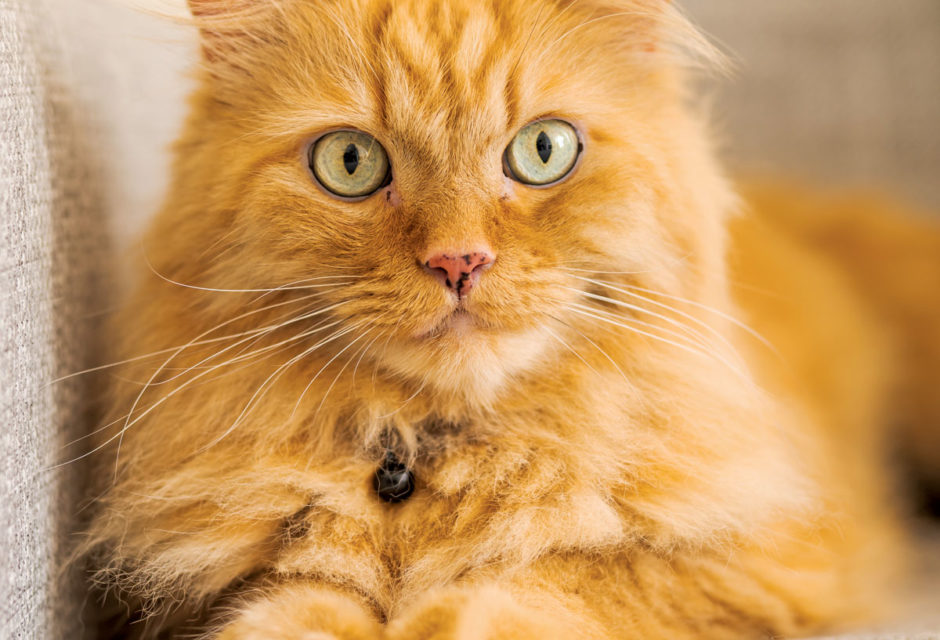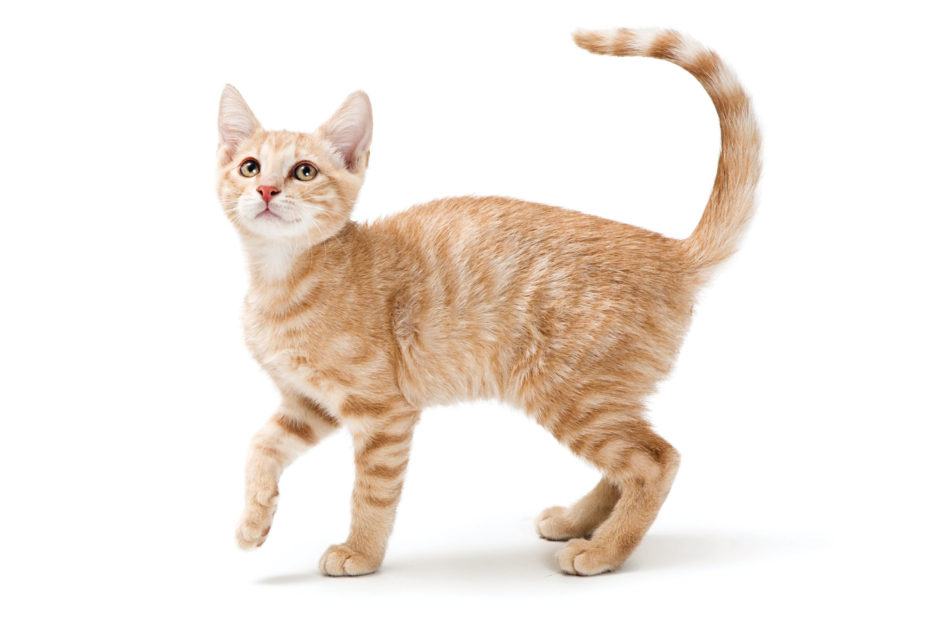
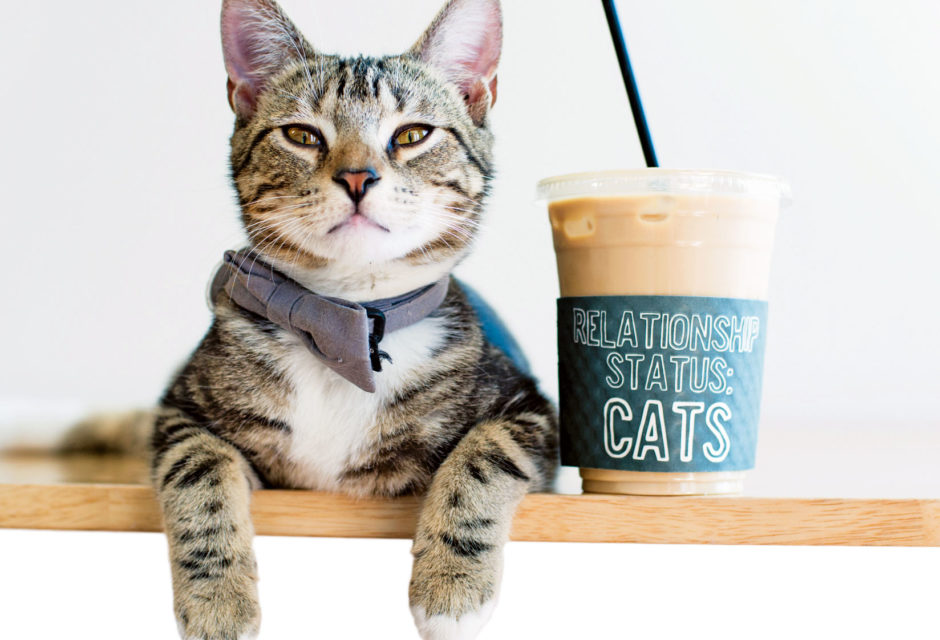
Cat Cafés
Want to have a latté surrounded by cats? Chances are, there’s a cat café near you.
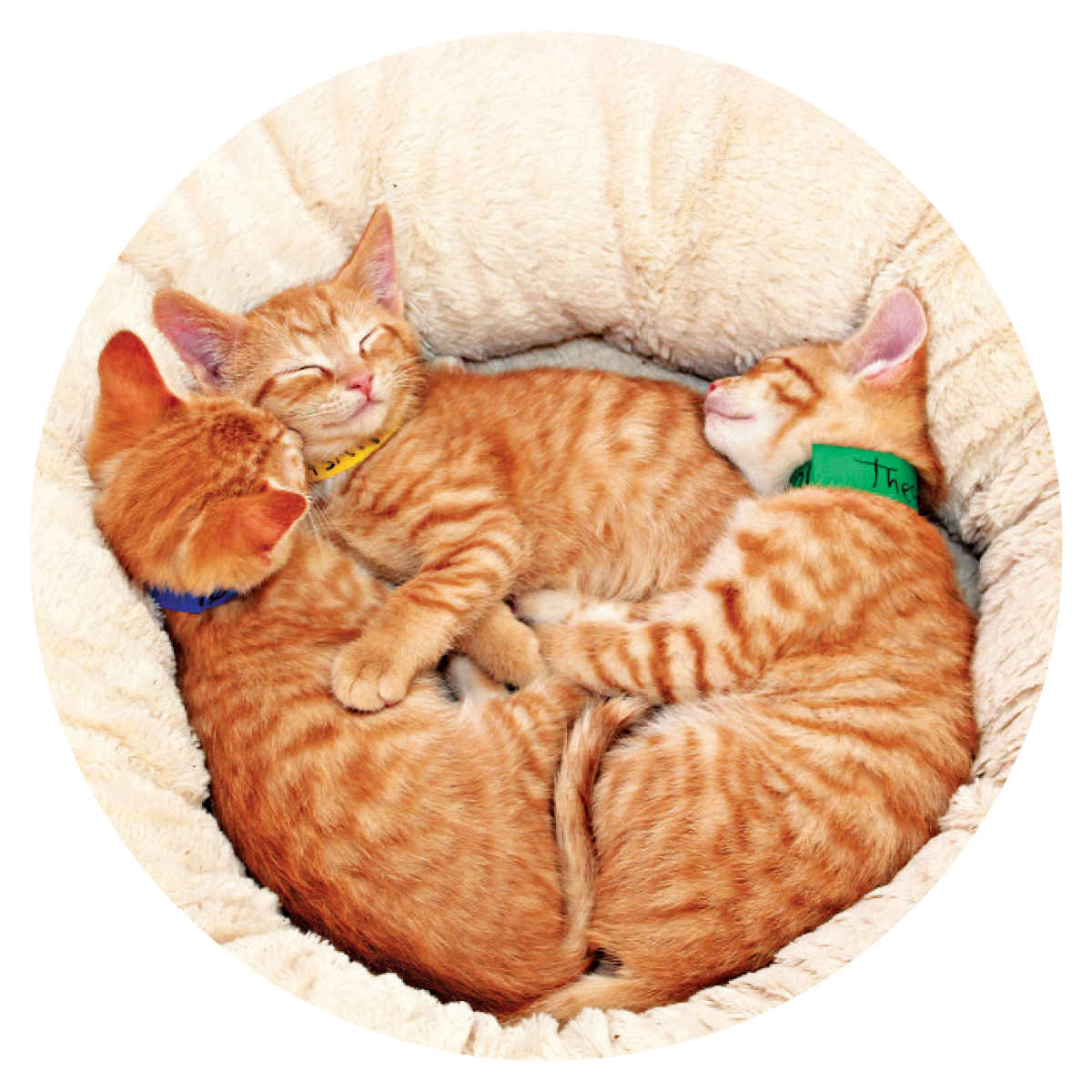 Sure, Starbucks has its Unicorn Frappuccinos, but does it offer the company of cats? (Rhetorical question. It doesn’t.) For feline aficionados preferring their caffeine with a side of cuddly companionship, chances are there’s a cat café somewhere near you. Since the first cat café opened in Taiwan in 1998, it has become a worldwide phenomenon. (Tokyo alone boasts more than 150 feline establishments). The first kitty café in North America opened in 2014 and since then a litter of establishments have sprung up. Just purr-use the cat café results that a quick Google search turns up—you’ll find guides to the top cat cafes in the US and “definitive” lists of all cafés in North America.
Sure, Starbucks has its Unicorn Frappuccinos, but does it offer the company of cats? (Rhetorical question. It doesn’t.) For feline aficionados preferring their caffeine with a side of cuddly companionship, chances are there’s a cat café somewhere near you. Since the first cat café opened in Taiwan in 1998, it has become a worldwide phenomenon. (Tokyo alone boasts more than 150 feline establishments). The first kitty café in North America opened in 2014 and since then a litter of establishments have sprung up. Just purr-use the cat café results that a quick Google search turns up—you’ll find guides to the top cat cafes in the US and “definitive” lists of all cafés in North America.
Although offerings are varied, most North American cat café entrepreneurs have the same goal: they have partnered with local shelters to help get cats adopted. Some cat cafes started as rescues. It’s a win-win situation because cafés usually enjoy a higher resident adoption rate than a shelter might—and turn a profit. And like shelters, they mainly rely on volunteers (or purristas), which there doesn’t seem to be a lack of.
1. Mauhaus Cat Café, St. Louis, MO; Colony Café in Pittsburgh, PA; Give Purrs a Chance, in Berkley Springs, WV
The menu at Mauhaus Cat Café and Lounge in St. Louis, MO, offers gluten-free and vegan options, while at Colony Café in Pittsburgh, PA you can either dine at their restaurant first and pet second, or have food and drinks delivered to the cat loft.
If that’s not enough, you can do your downward dog with cats at Give Purrs a Chance, in Berkley Springs, WV, and shop at their boutique selling cat-themed creations by local artists and craftspeople. Wait, that’s not all: On Fridays you can listen to live music with your favorite feline and Saturdays you can dance with cats. Whatever next, Michelin stars?
2. Catfé, Vancouver, BC.
Vancouver’s Catfe teamed up with the British Columbia SPCA to house eight to 12 rescue cats in a community-oriented coffee house. Once customers adopt them, the SPCA replenishes the supply of kitties with some of these being senior felines.
“The longest stay was a few months with a mother and daughter. I think they were 15 and 16 and we wanted to keep them together,” says Michelle Furbacher, Catfé owner and ‘oppurrator.’ “Sometimes it takes a bit longer to find the right home, and I’m proud of having found homes for cats that would have difficulty otherwise.”
Catfé made headlines when pop singer Adele dropped by and fell in love with Larry—a cat that is. (Larry had already been adopted before his brush with stardom.) Michelle didn’t expect the café to be so busy but the media came knocking way before Adele did.
Michelle has always loved cats and when she saw a video about Japanese cat cafés she was ready to try something new. “I posted one question on Reddit—do you want a cat café in Vancouver?—and the media called the next day. There was so much positive feedback that I took the plunge,” says Michelle. That was two years before she opened Catfé.
Michelle’s biggest hurdle was finding the right location. “I wanted a large space with natural light—cats love sunshine. And a landlord had to be OK with animals,” she says. “Next up, there was a lot of back-and-forth with City Hall and the Health Department. I talked to so many different people and had to explain over and over again. One morning I went to City Hall and noticed that someone had drawn a cat on their white board—the staff was rooting for us and I eventually won them over.”
But Michelle couldn’t bend the rules: you cannot serve food in a place with animals. So she built a lobby with two separate spaces: one space to make and purchase food to take it into the second space—the cat lounge. From there it was pretty much a DIY endeavour. With the help of an architect friend she built everything from scratch, complete with repurposed benches and cabinets.
“I then contacted the head of Animal Welfare at the BC SPCA and we seemed to be on the same page about getting cats good homes and being well provided for,” Michelle adds. People cannot bring cats in from the street. To ensure their health and determine if they can get along with other cats in the Catfé, all cats come through the SPCA first.
While the BC SPCA has a good turnover rate for adoption, Catfé offers a bonus for potential adopters: you get to see how the cats react with other cats and with people. Also some people find it depressing seeing cats in cages. “The SPCA knows which cats will do better here. And it gives more space for timid cats,” Michelle says.
Michelle recommends that you make a reservation a week in advance. As for the future, in December 2018 the BC SPCA didn’t have any cats for her so she called Rabbitats Rescue Society and Catfé temporarily housed bunnies. “So many bunnies need homes, maybe we’ll bring a bunny café to Vancouver.” catfé.ca
3. Cat Town, Oakland, CA
The non-profit rescue and adoption center Cat Town, which has helped over 2000 cats since opening in 2011, partnered with RAWR coffee bar in 2014 to be the first cat café in the U.S. “We have from 40 to 60 cats in foster care and
another 40 at our café,” says Quinn White, the adoption center’s development director. Of the 2000 cats they’ve helped to date, “some are still with us—we focus on cats who desperately need our support and would otherwise be euthanized. They all come from Oakland Animal Services, where our founder and executive director started volunteering with cats.”
Quinn says approximately half of their cats find homes from the café and the other half are in Cat Town’s foster program—so the cat café is a hugely important component. As well, Cat Town is a proud recipient of funding from Maddie’s Fund, helping to achieve a no-kill nation. cattownoakland.org
4. Crumbs & Whiskers, Los Angeles, CA and Washington, DC
“Most homeless cats are housed in cages at shelters, which can be an extremely stressful environment. Often it leads to them becoming withdrawn or aggressive, resulting in the cats not being adopted and, in some cases, euthanized,” says Crumbs & Whiskers Founder Kanchan Singh. “A ‘free range’ environment like ours allows cats to live much healthier lives,” she says of her L.A. and Washington, DC-based cat cafés.
After Kanchan saw a cat café in Thailand, she approached a few shelters in D.C. and first partnered with the Humane Society. Next up, she started looking for a venue, but it wasn’t easy figuring out how to get approval from the city. “They said we had to get a double-door system, with two doors separating the café from the cats. So the café would be in one room and the cats in another,” Kanchan says. That design pretty much defeated the purpose. “Instead I found an existing coffee shop nearby that would deliver.”
Customers can order from the menu and enjoy playing with kitties for 70 minutes, plenty of time for cake and coffee. “We now work with Homeward Trails Animal Rescue in D.C. and Stray Cats Alliance in our Los Angeles Crumbs & Whiskers Café,” says Kanchan. “Both shelters have seen an increase in adoptions, especially with older cats. Many cats in D.C. have been in cages for a year, but we get them adopted within a week because people can see their personalities.”
Kanchan says her biggest challenge was being young (she is 28) and single and navigating a complex business. “To get funding, I launched a Kickstarter campaign, which is a type of crowd funding platform. I raised over $15K overnight and in one month I had almost $40K,” she explains. “Then I spent the next few months getting the word out. One week before Crumbs & Whiskers opened I quit my job.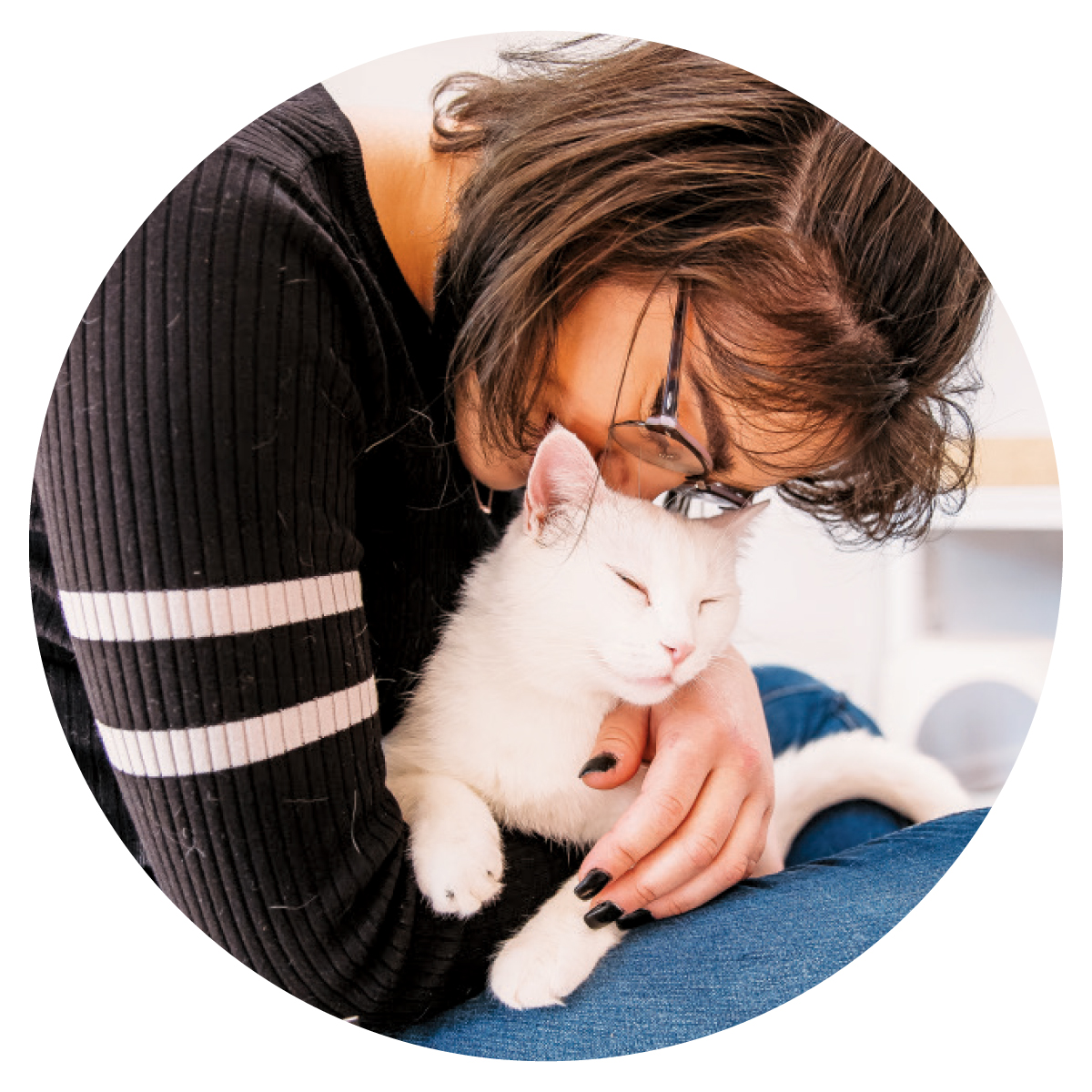
“If you’re considering your own cat café, first figure out funding and legalities,” Kanchan advises. “The laws are different in every city and getting approval is a hurdle. I love my career and both locations are profitable: we charge $22 in D.C. and $25 in Los Angeles for a 70-minute visit. I don’t allow more than 18 people at a time so the cats don’t get stressed out. They are happy cats.” crumbsandwhiskers.com
5. Japanese Cat Cafés (猫カフェ)
North American cat cafés are set up for adoption, unlike their Asian counterparts, whose clientele typically live in small apartments and aren’t allowed pets. Paying money just to hang out with cats may seem crazy to non-cat lovers, but they are extremely popular and the clientele is mainly couples in their 20s and 30s , along with a few singles.
Neko (Japanese for cat) Café cats typically live their entire lives in the café, with countless admirers, although some cafés do have sponsor adoption programs. However, all cafés will provide your kitty fix and caffeine hit and more than one place suggests it could be a dating opportunity, where you can “meet another cat-crazy single to snuggle up to.”
Several years ago, I visited a Neko café in Tokyo. Cats of all stripes were reclining on top of vending machines offering coffee, beer, and snacks. You could buy kitty treats at reception. Felines are nestled in corner baskets or in the laps of fortunate patrons.
How a cat café works in Japan is pretty straightforward. You pay for a time-based cover charge, usually about ¥1500 yen an hour (about $13 USD, $18 CAN), buy yourself a drink, and follow a few simple rules on how to pet the cats. If you’re a high roller, kitties accept gifts. And if it’s your lucky day, your charm might also win their affection.
“Please be free to touch and play with our 21 cats but gently,” said Mrs. Hanada, the café’s owner as she directed us to a locker for our belongings and sinks to wash our hands. “Do not feed or hold cats, just to play.” Two middle-aged women came in with a birthday cake complete with five candles for their favourite feline—each cat has its bio on the wall. A couple in their 20’s were playing ‘catch the string” with Chan, a big ginger tom; one young man sat in the corner reading to a cat and another young guy tickled a kitty on his lap. We bought a few beers and twizzled toys with two black felines who vamped by, but they seemed more interested in napping; after all, it was mid-afternoon.
Mrs. Hanada said that most of her customers do not have the time to take care of a pet because of their job situation, which is very hard, sometimes working two jobs. Some people, or a member of their family, have a cat allergy and can’t have a cat at home. She said her typical clientele is women who come with friends, without the kids. “I don’t allow children under 13 because they can hurt the animals.”
Over 50 cats make Calico Cat Café the largest one in Tokyo. The admission price is ¥1000 (about $10 USD, $12 CAN) for one hour, or ¥2500 ($23 USD, $30 CAN) for a free time plan. Here you can “relax very slowly, such as drinking tea or reading manga while watching the cats in a calm atmosphere.”
“Please use as a place to rest between movies and shopping as it is located near Shinjuku station,” so you can leave and return, putting your shopping bags in the locker. The Calico café menu offers human food such as cakes and pasta and you can also “feed the cat with chicken meat for ¥300 ($2.0 USD, $3.80 CAN) so you can enjoy eating a meal together!” While the Calico takes in any breed, other cat cafés cater to specific categories of cats, “such as black cats, fat cats, rare-breed cats, or ex-stray cats,” explained a Japanese government report.
There are 125 cat cafes in the US and Canada combined, according to Meow Around, an online guide and directory to the world’s cat cafes, coffee shops, bars, lounges, and more. Clearly, cat cafes are clawing their way to a town near you, if not already there.
Join the newsletter and never miss out on cat content again!
"*" indicates required fields
By clicking the arrow, you agree to our web Terms of Use and Privacy & Cookie Policy. Easy unsubscribe links are provided in every email.





